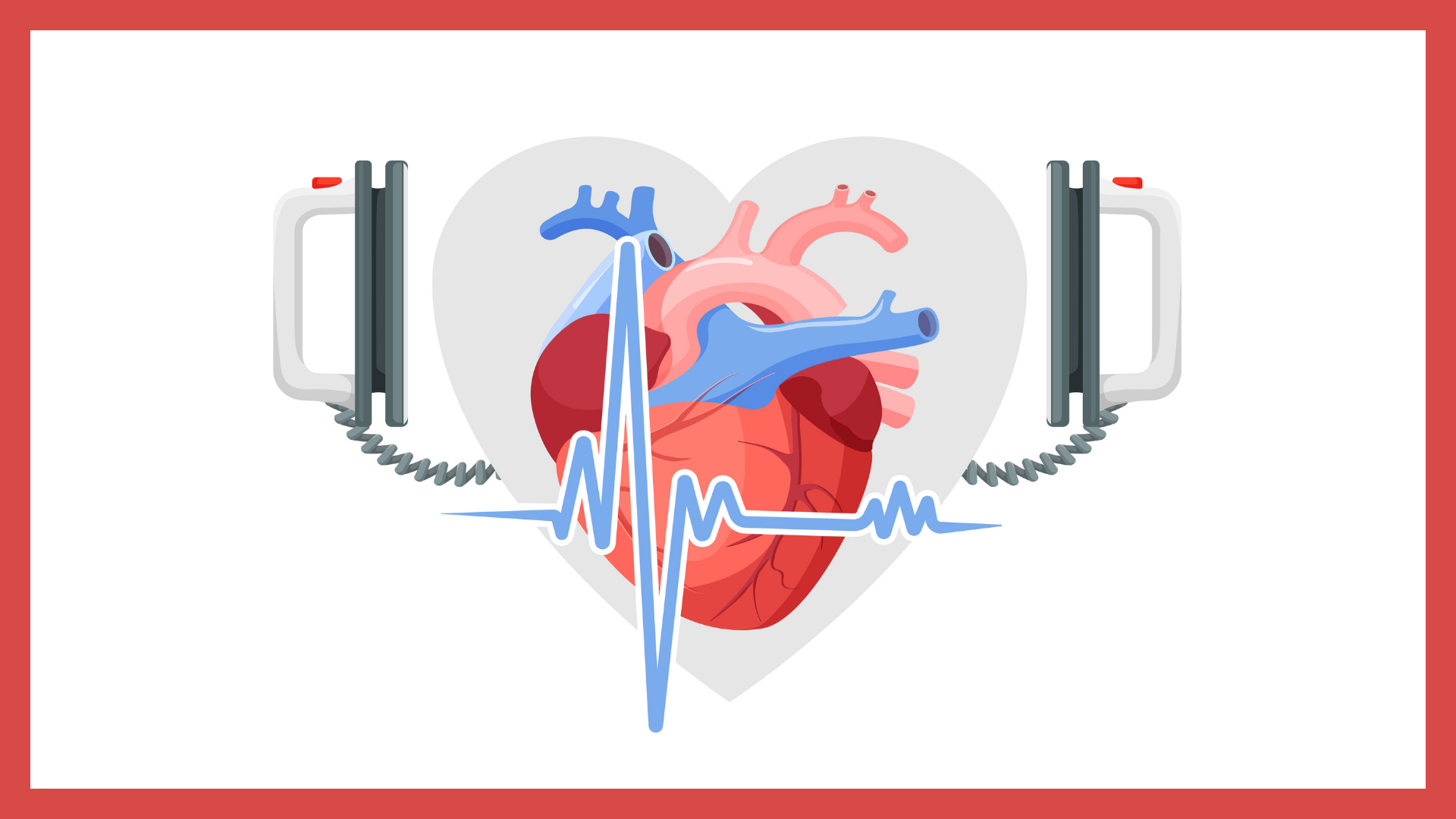
Here are facts about this very serious heart condition—and how it differs from a heart attack.
During a Monday Night Football game between the Buffalo Bills and Cincinnati Bengals, 24-year-old safety Damar Hamlin suffered cardiac arrest after what seemed like a routine tackle. Players, coaches, fans in the stadium and viewers around the world watched in silence as medical personnel feverishly worked on Hamlin before transporting him to the hospital.
The event brought to light a very serious medical issue and left many people with questions about sudden cardiac arrest. Here are answers to those questions.
What is sudden cardiac arrest?
Cardiac arrest occurs when the heart suddenly loses its normal rhythm and stops beating properly. When this happens, the heart cannot pump oxygen-rich blood throughout the body, resulting in a loss of breathing and consciousness. If not treated immediately, by performing cardiopulmonary resuscitation (CPR) and restoring the heart’s rhythm using a defibrillator, organ damage or death can occur.
Is cardiac arrest the same thing as a heart attack?
No. Cardiac arrest is triggered by an electrical disturbance in the heart causing an irregular heartbeat. A heart attack is a circulation problem and occurs when blood flow to the heart is disrupted due to a blockage in an artery. This can damage the heart muscle but the heart usually doesn’t stop beating. However, a heart attack can trigger an electrical abnormality in the heart that leads to cardiac arrest.
What causes sudden cardiac arrest?
This extremely serious event is usually caused by abnormalities with the heart’s electrical system, referred to as arrhythmias. Ventricular fibrillation, an arrhythmia that causes the heart to tremble instead of pumping blood normally, is the most common cause. Cardiac arrest may occur due to another known or undiagnosed heart condition. It may also occur suddenly, such as from a hard blow to the chest that occurs during a sports event or other trauma. This is referred to as commotio cordis.
“Become established with a primary care physician, and have your risk of heart disease evaluated. Regular exercise and a heart-healthy diet will decrease the risk of heart disease.”
What are the symptoms of cardiac arrest?
A person experiencing cardiac arrest will suddenly collapse, lose consciousness and stop breathing. They will have no pulse. In some cases, there may be warning signs shortly before cardiac arrest, such as shortness of breath, weakness, dizziness, fatigue, palpitations and chest discomfort. But often there is no warning before the event occurs.
What should you do if you see someone who appears to be in cardiac arrest?
Cardiac arrest is an extreme medical emergency. Immediately call 911. If the person isn’t breathing, perform CPR. Even if you don’t know how to do CPR, push hard and fast on the person’s chest (called chest compressions) at a rate of about 100 to 120 compressions a minute to keep blood flowing through the body. If an automated external defibrillator (AED) is available, use it. The AED will give you voice instructions and will let you know if a shock is needed. Continue with CPR before and after any shock given by the AED until the person begins breathing or emergency medical personnel take over.
What can I do to decrease my risk for cardiac arrest?
It’s not always possible to prevent cardiac arrest, but it is possible to detect heart issues that may increase your risk. Get screened for heart disease and live a heart-healthy life. Become established with a primary care physician, and have your risk of heart disease evaluated. Regular exercise and a heart-healthy diet will decrease the risk of heart disease.
Copyright 2023 © Baldwin Publishing, Inc. All rights reserved.
Health eCooking® is a registered trademark of Baldwin Publishing, Inc. Cook eKitchen™ is a designated trademark of Baldwin Publishing, Inc. Any duplication or distribution of the information contained herein without the express approval of Baldwin Publishing, Inc. is strictly prohibited.
Date Last Reviewed: January 5, 2023
Editorial Review: Andrea Cohen, Editorial Director, Baldwin Publishing, Inc. Contact Editor
Medical Review: Perry Pitkow, MD
Learn more about Baldwin Publishing Inc. editorial policy, privacy policy, ADA compliance and sponsorship policy.
No information provided by Baldwin Publishing, Inc. in any article is a substitute for medical advice or treatment for any medical condition. Baldwin Publishing, Inc. strongly suggests that you use this information in consultation with your doctor or other health professional. Use or viewing of any Baldwin Publishing, Inc. article signifies your understanding and agreement to the disclaimer and acceptance of these terms of use.